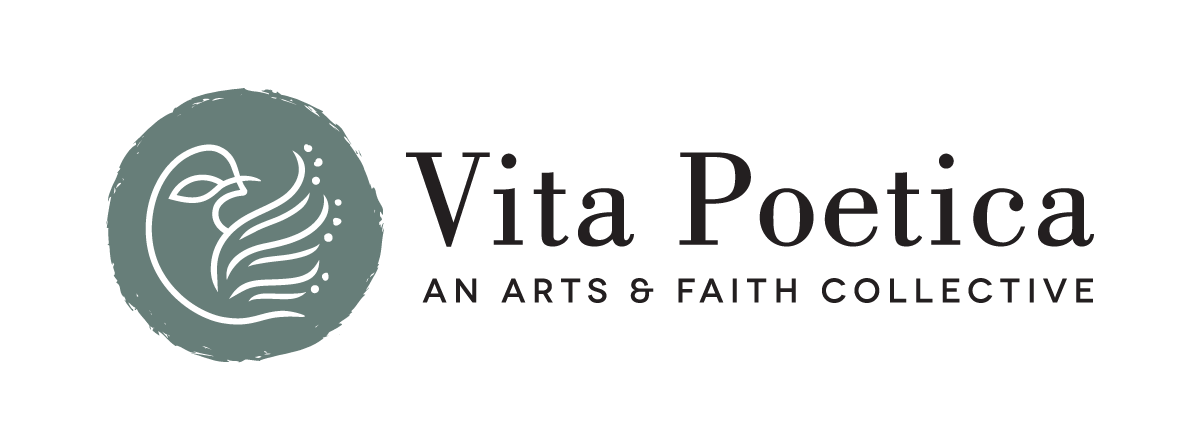A Season for the Taking
Letter from Co-Editor Caroline Langston
And from the days of John the Baptist until now the kingdom of heaven suffereth violence, and the violent take it by force. – Matthew 11:12
Welcome to the Winter 2022 edition of Vita Poetica. We’re glad you’re here—and we’re hungry for your thoughts, forwards, shares, and submissions for our expanding community.
Our last editorial statement talked about the clamor of many of us to get up and go, to embark—after almost two years of pandemic retrenchment. Many of us, it seems, have been thinking about the importance of venturing out, of setting forth on new journeys.
Too often, though, the search can easily devolve from a purposeful quest into little more than spiritual tourism. How do we keep in front of us the goal of actually finding what we seek for?
The answer, I think, lies in actively demanding ourselves to find that meaning—and to reach out and grab it. Our contemporary minds shirk from the idea of violence, but it’s just that kind of concentrated attention that the verse above from Matthew avers about looking for the Kingdom of God.
It’s that singular focus on finding meaning that animates so many of the writings in this edition.
Take, for example, Maria Giura’s “Last Supper,” in which the author actively reads into the Last Supper tableau the figures of the Feminine (and the Feminized) that are representative of full humanity, but which have been left out of the picture.
That active quest of finding of one’s own place also runs through our interviews with visual artist Maria Eugenia Fee, whose bicultural identity leads her to consider what it means to hold opposing truths simultaneously, and with author Jennifer Anne Moses, who attempts to navigate the images of Judaism she has been given and to forge her own identity. For Moses, this brings her a spiritual inheritance far richer than she would have ever expected. And that combination—of knowledge and wisdom—is one Moses explores expertly in “The Tale of the Lustful Rabbi,” a portrait of a religious leader who has not learned these lessons, and is undone by the combination of his pride and his weakness.
Even what would seem to be pure contemplation can be a form of action, not mere stillness and stasis: Jonathan Chan’s “apophasis” explores an active surrender to the space of unknowing where the Divine resides. The interplay between the interior and exterior also suffuses Rebecca Moon Ruark’s “An Ode to An Ode about Hands,” a consideration both embodied and spiritual.
In all these explorations, we are invited inside, to labor alongside our colleagues. Marjory Bankson’s “Made By Hand” asks us to contemplate with clay. Alfred Sito Sasieta’s “Pa’ Huele” entices us to accompany him along to the ecstatic culmination:
Soon & very
soon, the trumpet
in this montuno
will burst into flame,
& when it does,
will you help me
exegete
the sweat
on God’s face?
But you’ve got to be ready to do the work. “Curly,” in B.J. Buckley’s “Funeral,” stays outside the congregation during a funeral service to dig the grave by hand, and in doing so, “pray[s] with his shovel.” That’s the task to which all our arts call us.
Pray with your shovel. Get to it.
